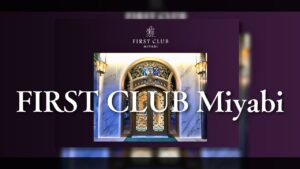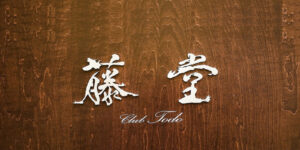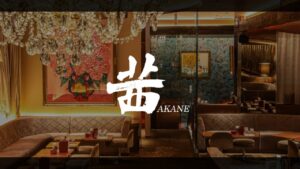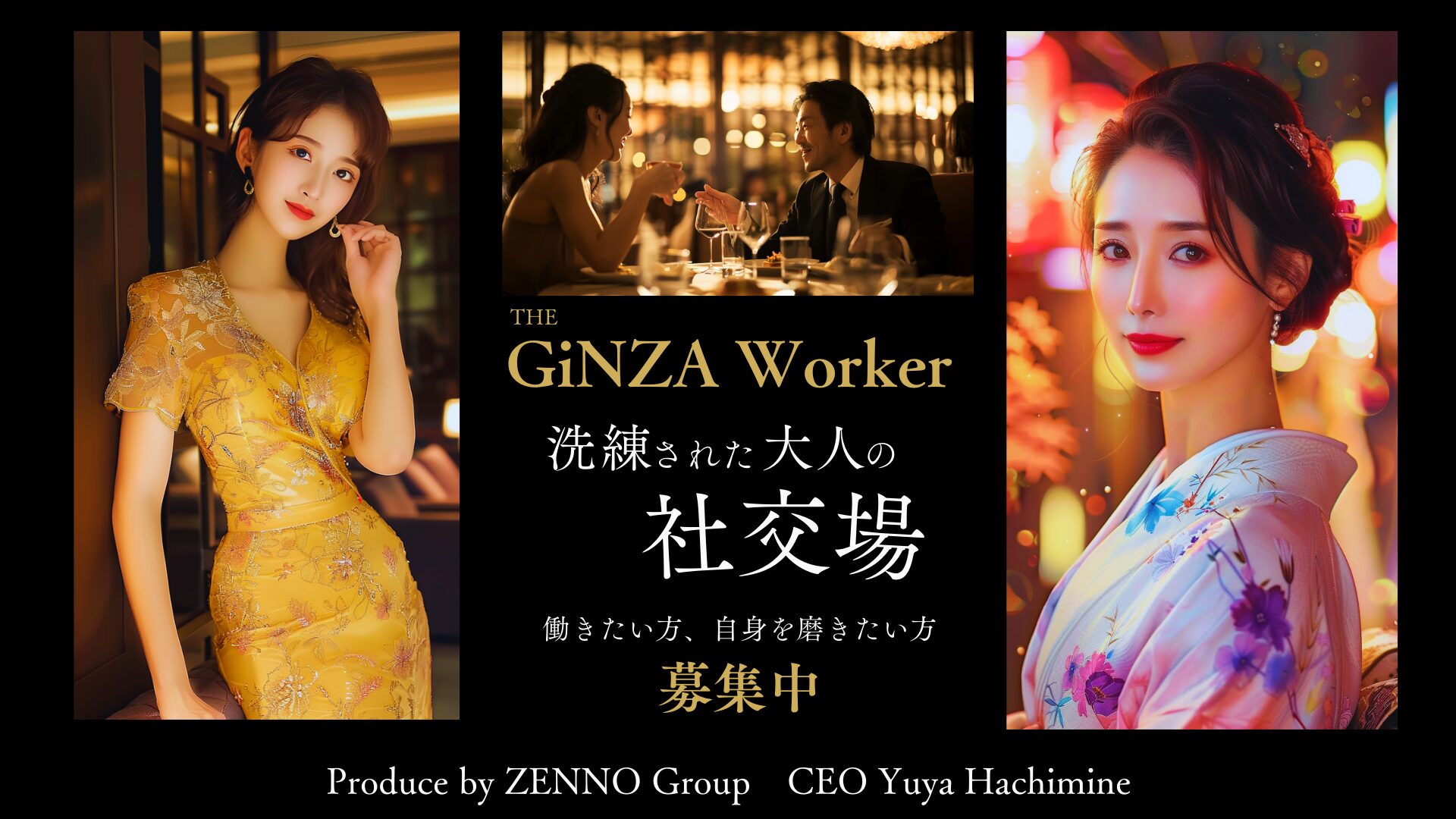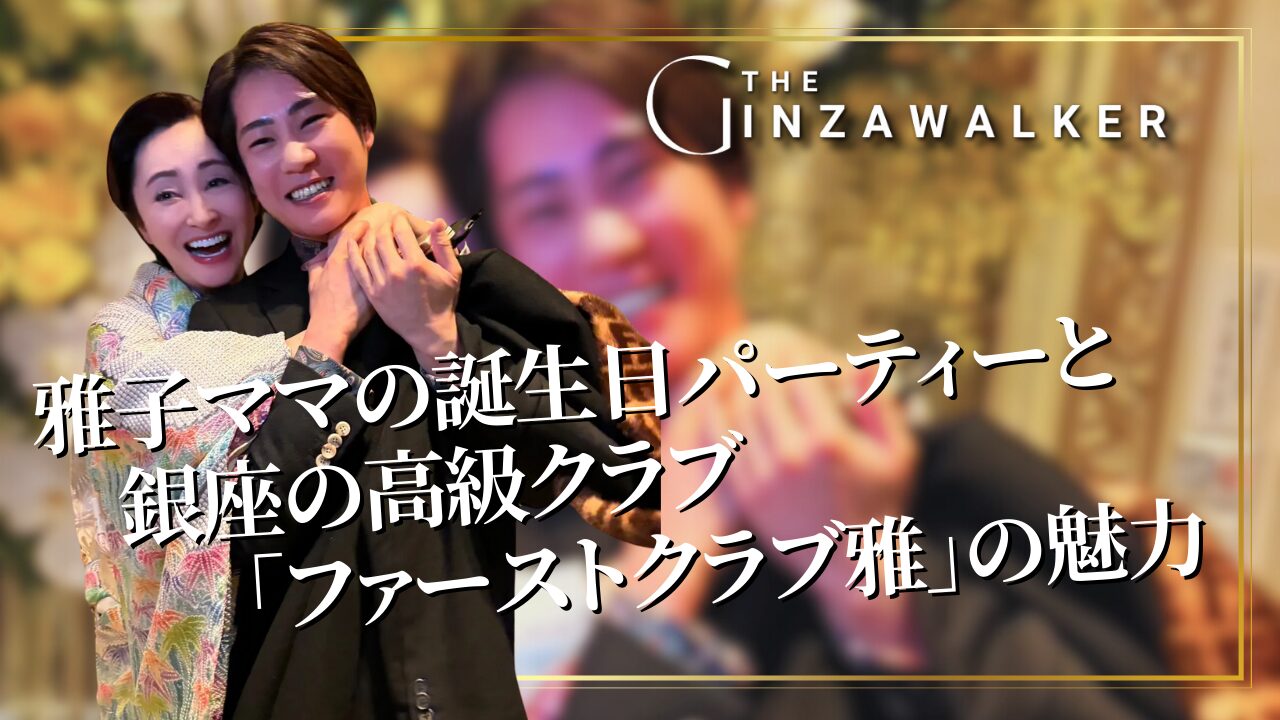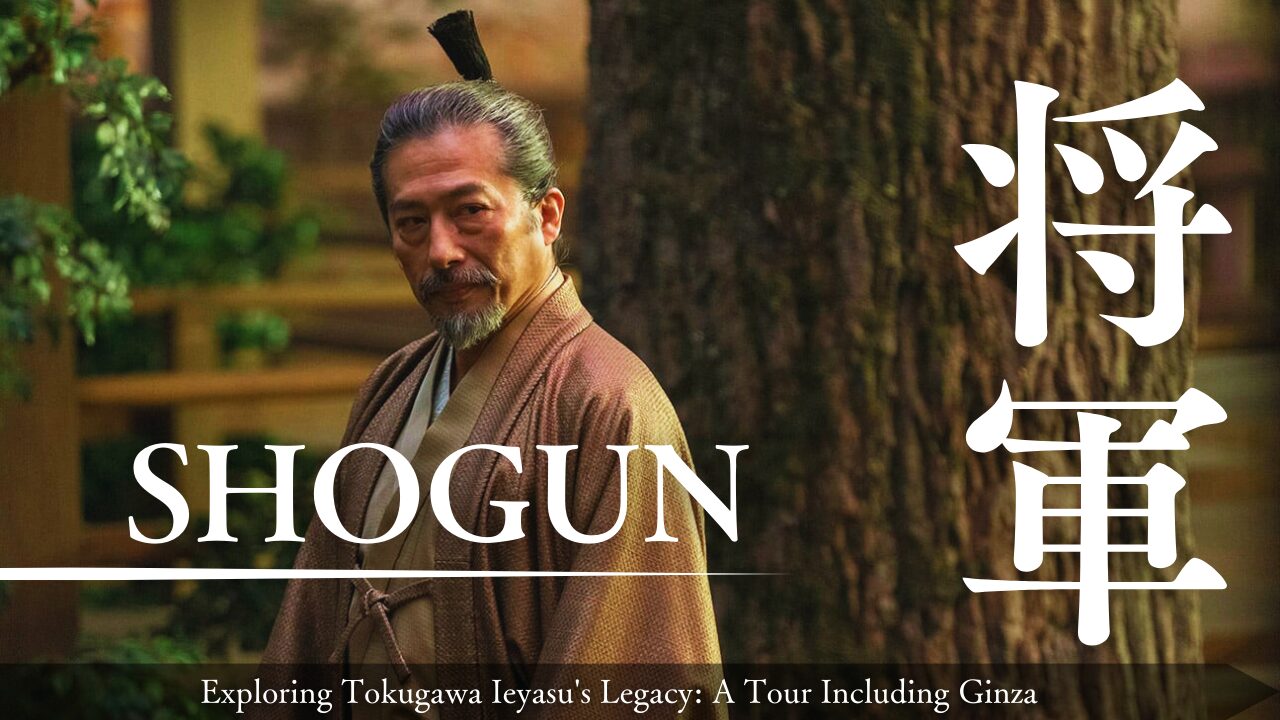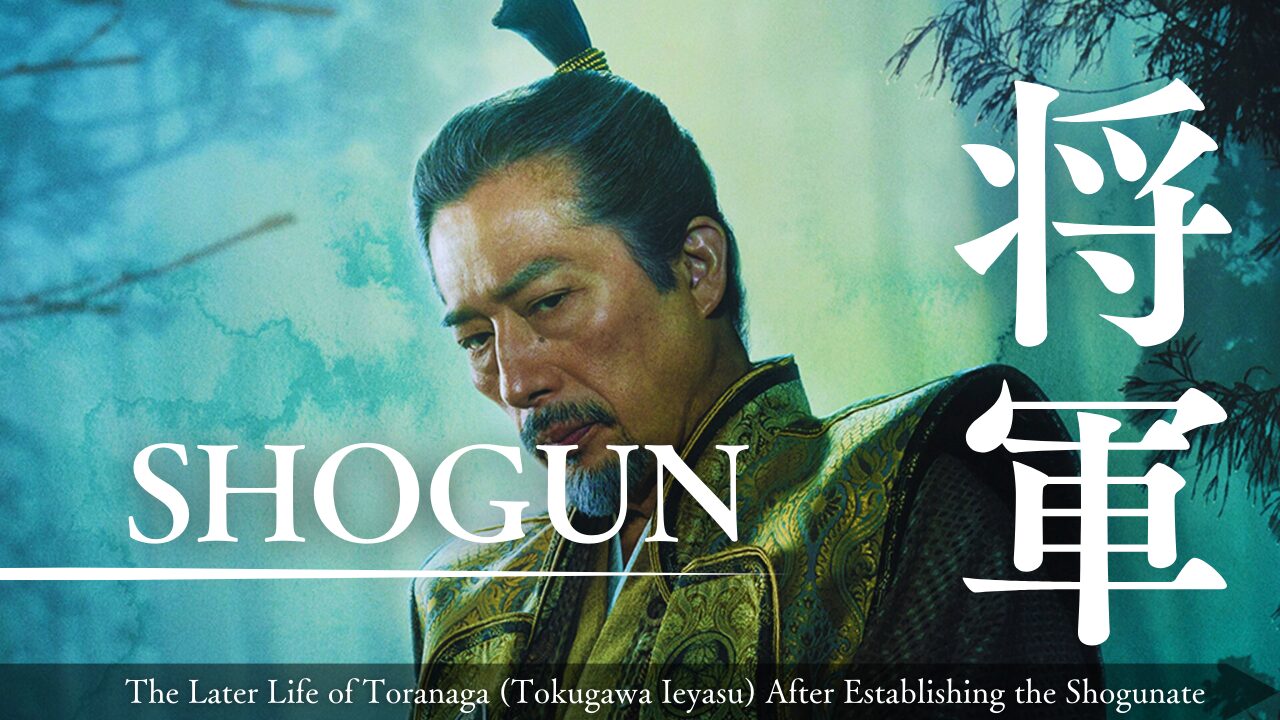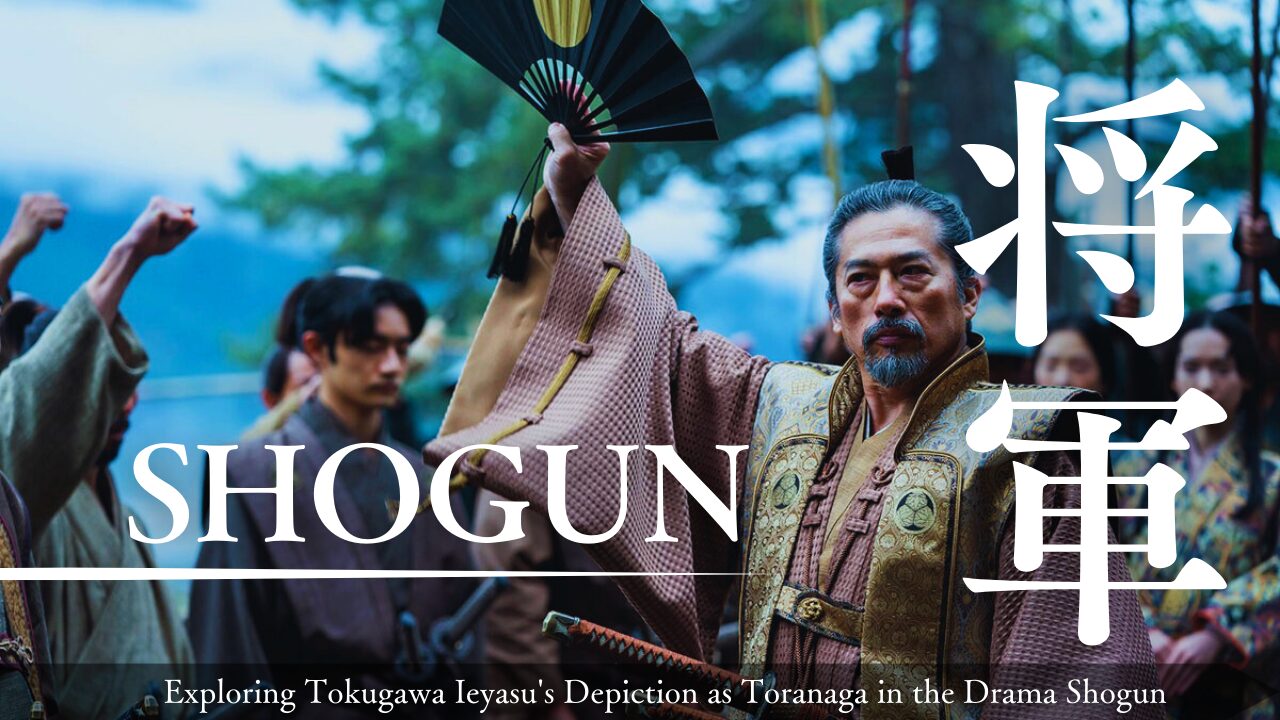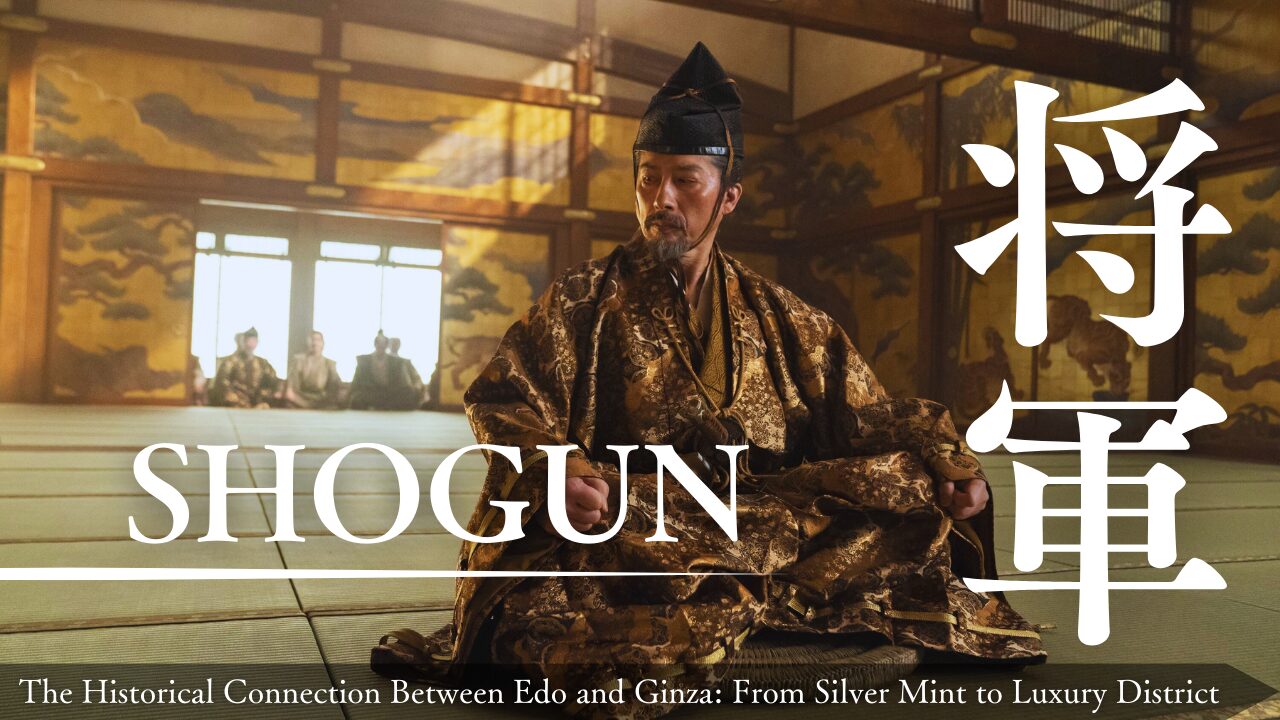
Table of Contents
Introduction
Ginza is one of Tokyo's most famous districts, renowned for its upscale shopping, dining, and entertainment. This article delves into the historical relationship between Tokyo and Ginza, exploring how a small For fans of the drama Shogun, understanding Ginza's origins provides additional context to the historical setting depicted in the series.
Ginza's Origins in the Edo Period
Establishment of the Silver Mint
- Etymology of Ginza: The name "Ginza" literally means "Silver Seat" or "Silver Mint."
- 1600s: During the early Edo period, the Tokugawa Shogunate established a silver coin mint in the area.
- Tokugawa Ieyasu's Influence: As the founder of the Edo Shogunate, Tokugawa Ieyasu centralized the production of currency, and Ginza became a key site for silver coinage.
Strategic Location in Edo
- Proximity to NihonbashiClose to the commercial hub of Nihonbashi, Ginza was strategically placed for trade.
- Economic SignificanceThe mint boosted the local economy, attracting craftsmen, merchants, and traders to the area.
Development Through the Ages
From Edo to Meiji Restoration
- Urban Changes: After the Great Fire of Meireki in 1657, the area was rebuilt, and Ginza continued to develop.
- 1868 Meiji Restoration: Marked the end of the shogunate and the beginning of modernization in Japan.
- Western Influence: The Meiji government promoted Western-style architecture and infrastructure in Ginza.
Ginza Bricktown
- 1872 Ginza Modernization Plan: After another devastating fire, the government initiated a Western-style reconstruction.
- Red Brick Buildings: British architect Thomas Waters designed brick buildings, introducing gas lamps and wider streets.
- Cultural Hub: Became a symbol of modernization and a place where new cultural trends emerged.
Ginza in Modern Tokyo
Emergence as a Luxury District
- Early 20th Century: High-end retailers and department stores began to establish themselves in Ginza.
- Economic Boom: Post-World War II economic growth solidified Ginza's status as a luxury shopping destination.
- Iconic Landmarks: Establishments like the Wako Department Store and the Ginza Six complex represent the district's opulence.
Cultural Significance
- Arts and EntertainmentHome to theaters, galleries, and cafes that have hosted artists and intellectuals.
- Fashion and Innovation: Ginza sets trends in fashion and technology, reflecting Tokyo's blend of tradition and modernity.
The Relationship Between Ginza and Tokyo
Integral Part of the Capital's Identity
- Economic ImpactGinza : Ginza contributes significantly to Tokyo's economy through tourism and retail.
- Cultural Exchange: Acts as a gateway for international brands entering the Japanese market.
Symbol of Transformation
- From Edo to Tokyo: Ginza's evolution mirrors Tokyo's own transformation from the seat of the shogunate to a global metropolis.
- Preservation and Progress: Balances historical heritage with cutting-edge development.
Ginza's Relevance to Shogun Viewers
Connecting History to Drama
- Historical Context: Understanding Ginza's origins enriches the backdrop of the Edo period depicted in Shogun.
- Tokugawa Era Influence: Highlights the economic and cultural policies initiated by figures like Tokugawa Ieyasu (Toranaga in Shogun).
Visiting Ginza Today
- Cultural ExperienceVisitors can explore both the modern attractions and historical sites.
- Museums and Galleries: Offer insights into Japan's history and the evolution of Tokyo.
Conclusion
Ginza's journey from a silver mint in the Edo period to Tokyo's premier luxury district encapsulates the dynamic history of Japan's capital. development reflects the broader social and economic changes that have shaped Tokyo over centuries. ShogunExploring Ginza offers a unique opportunity to walk through history while experiencing the cutting edge of contemporary culture. Exploring Ginza offers a unique opportunity to walk through history while experiencing the cutting edge of contemporary culture.


